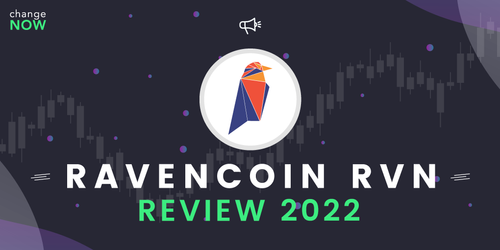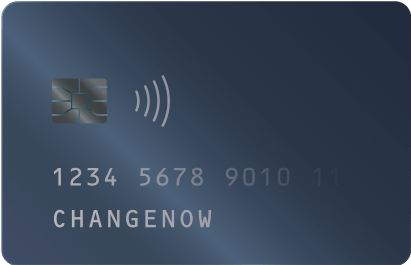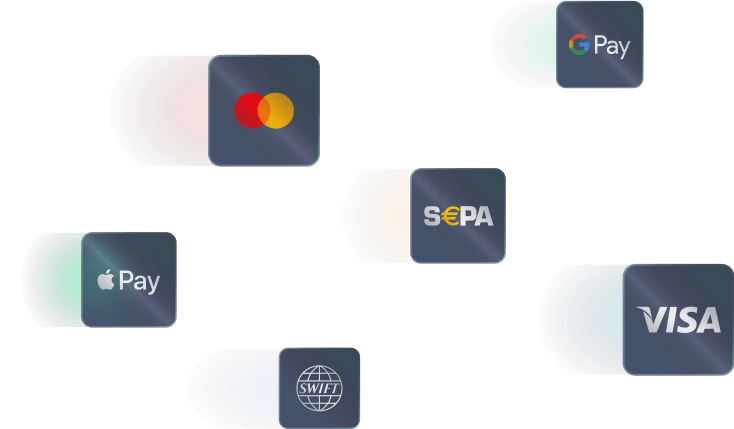
Do you want to buy Ravencoin (RVN) instantly using your credit or debit card? You have arrived at the right place.








And more accepted here
Market stats
Ravencoin currently trades at roughly 0.0068 and has -1.98% over the past seven days. There are currently about 108480088 Ravencoin tokens in circulation.
Buying Ravencoin on ChangeNOW is your gateway to the future of finance. Whether you're new to digital assets or experienced, RVN offers various benefits for your digital portfolio.
Adding Ravencoin to your portfolio is a great way to expand your holdings across different types of assets.
RVN operates without central control, following the global trend of moving towards DeFi for greater transparency and independence.
Ravencoin is accepted in more and more countries and markets. Why not become part of this growing trend?
You never know which coin will go to the moon and when. Being ready for any turn is a smart decision.
Сhoose Buy/Sell Crypto
Choose the fiat currency and enter the amount.
Enter Your Details
Select Ravencoin and enter your credit or debit card details.
Complete the Purchase
Preview your transaction details and confirm the purchase.

Flexible KYC system
Our platform requires minimal personal information, allowing you to engage in cryptocurrency exchanges with ease, efficiency, and an emphasis on privacy. Some of the transactions don’t require any KYC at all.

Top Security
ChangeNOW ensures a high level of security for all exchanges and data by using advanced encryption and multiple layers of security measures.

Fast Purchase
Benefit from rapid transaction processing on our advanced platform, enabling swift settlements and the acquisition of RVN tokens in as little as 4 minutes. Prioritizing efficiency, user satisfaction, and unparalleled speed in digital asset exchanges.

Multiple Gateways
Experience seamless purchasing Ravencoin, choosing a variety of secure payment gateways, accepting popular debit and credit cards, and the added convenience of SWIFT/SEPA bank transfers.

Low Transaction Fees
Experience the advantage of our user-friendly buy RVN platform, offering affordable transaction fees, diverse trading options, and a secure environment, all designed to optimize your digital asset investments.

Easy to Use
Discover seamless trading with ChangeNOW's intuitive interface, expertly designed for effortless navigation and user-friendly experience, empowering both new and seasoned investors to manage their crypto with ease. Buy Ravencoin in just a few clicks.
Before swapping coins, feel free to use our USD to RVN calculator to see how many RVN you’ll receive. Simply enter the required amount in USD, and let our USD to RVN converter determine the approximate exchange rate.
There are many things you can do after buying RVN. They include:
Lending
Swap
Hold
Payment
ChangeNOW allows you to buy RVN instantly using your credit/debit card or another token.
Buy RVNRVN is not the only token you can purchase on ChangeNOW. Others include BTC, USDT, XRP, ADA, USDC, etc.
| USD to | Pair | Price list | Available for exchange | |
|---|---|---|---|---|
| 141 | USD /GT | |||
| 142 | USD /MYX | |||
| 143 | USD /SEI | |||
| 144 | USD /BONK | |||
| 145 | USD /BONK | |||
| 146 | USD /RENDER | |||
| 147 | USD /PUMP | |||
| 148 | USD /PUMP | |||
| 149 | USD /CAKE | |||
| 150 | USD /CAKE | |||
| 151 | USD /JUP | |||
| 152 | USD /NEXO | |||
| 153 | USD /NEXO | |||
| 154 | USD /PENGU | |||
| 155 | USD /CRV | |||
| 156 | USD /CRV | |||
| 157 | USD /CRV | |||
| 158 | USD /CRV | |||
| 159 | USD /FDUSD | |||
| 160 | USD /FDUSD | |||